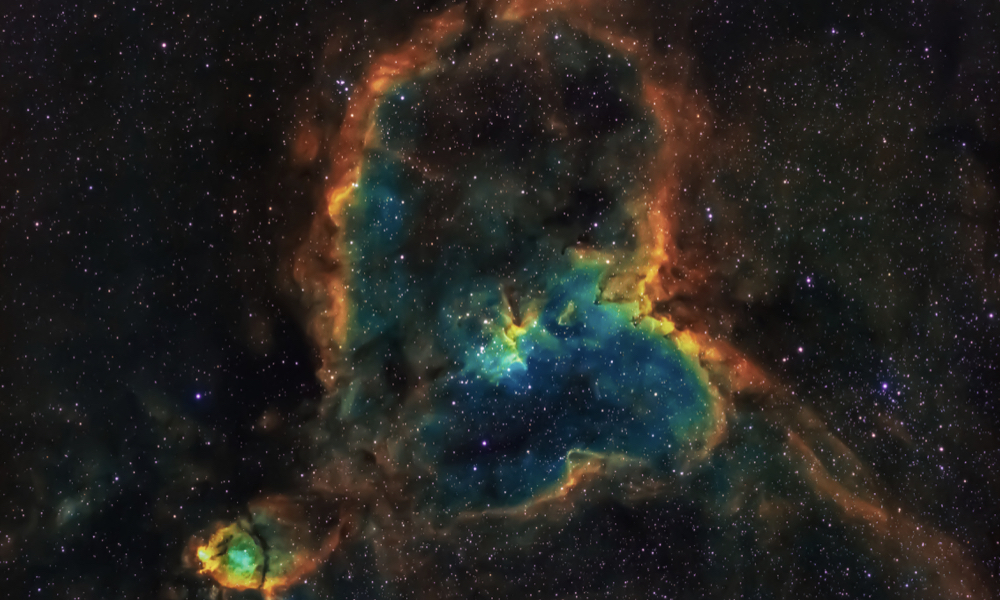
ESA Open Invitation to Tender AO10117
Open Date: 15/11/2019
Closing Date: 20/01/2020 13:00:00
Status: ISSUED
Reference Nr.: 19.1ET.37
Prog. Ref.: Technology Developme
Budget Ref.: E/0901-01 – Technology Developme
Special Prov.: BE+DK+FR+DE+IT+NL+ES+SE+CH+GB+IE+AT+NO+FI+PT+GR+LU+CZ+RO+PL+EE+HU
Tender Type: C
Price Range: > 500 KEURO
Products: Satellites & Probes / RF / Microwave Communication (Platform and Payloads) / “Communication – BB (Antennas excluded)” / Analog: Power amplifiers (SSPA, TWTA, ¿)
Technology Domains: RF Systems, Payloads and Technologies / RF Technologies and Equipment / RF Equipment
Establishment: ESTEC
Directorate: Directorate of Tech, Eng. & Quality
Department: Electrical Department
Division: RF Payloads & Technology Division
Contract Officer: Karl, Heinz-Uwe
Industrial Policy Measure: N/A – Not apply
Last Update Date: 15/11/2019
Update Reason: Tender issue
The focus of this activity shall be demonstrating innovative efficiency enhancement techniques at the level of MMIC, antenna, waveguide transitions and packaging and the overall assembly of the radiating front-end for active multi-beam antennas at the Ka-band satellite downlink. Non-conventional power amplifier architectures shall be investigated, in particular, efficiency enhancement techniques by means of e.g. Off-chip power combining, optimum matching at the MMIC-antenna interface (outside traditional 50Ohm), power boosting by using differential amplification and differential antenna feeding, efficiency improvements at device level by harmonic matching and other techniques. Non-conventional antenna layouts shall be considered (i.e. Thinned, sparse, arrays composed by radiators with different sizes, arrays based on polyominos, etc). Their advantages for transmitting antennas (i.e. Reduced number of controls,grating lobes mitigation, replacing an amplitude tapering with a spatial tapering) shall be exploited addressing also the issues of the accommodation, compatibility with modular beam forming network etc. The choice of the MMIC technology for the HPA should also bejustified based on the suitability for the use in the space environment. Based on the bottom-up results, top-down system analysis shall be applied for selected active antenna scenarios (GEO/MEO/LEO). High efficiency solutions shall be identified also for the feeding structures of the radiating elements. The assembly shall be conceived to minimise distance between MMICss and radiating elements/waveguide transitions. Use of parasitic elements (e.g. Bondwire/micro-coax inductance, substrate PTH vias) shall be addressed in order to reduce losses and achieve high degree of integration. Concepts based on packages with waveguide apertures and antenna in package shall be investigated as well. Requirements for axial ratio in radiating elements using orthogonal feeding shall be carefully assessed and reflected in the specifications for the whole assembly of the radiating front-end (e.g. Maximum relative amplitude errorand relative phase error between the two orthogonal modes over the full bandwidth). The thermal cooling subsystem shall be designed, integrated within the active antenna and fully characterized.
If you wish to access the documents related to the Invitation to Tender, you have to log in to the ESA Portal.
